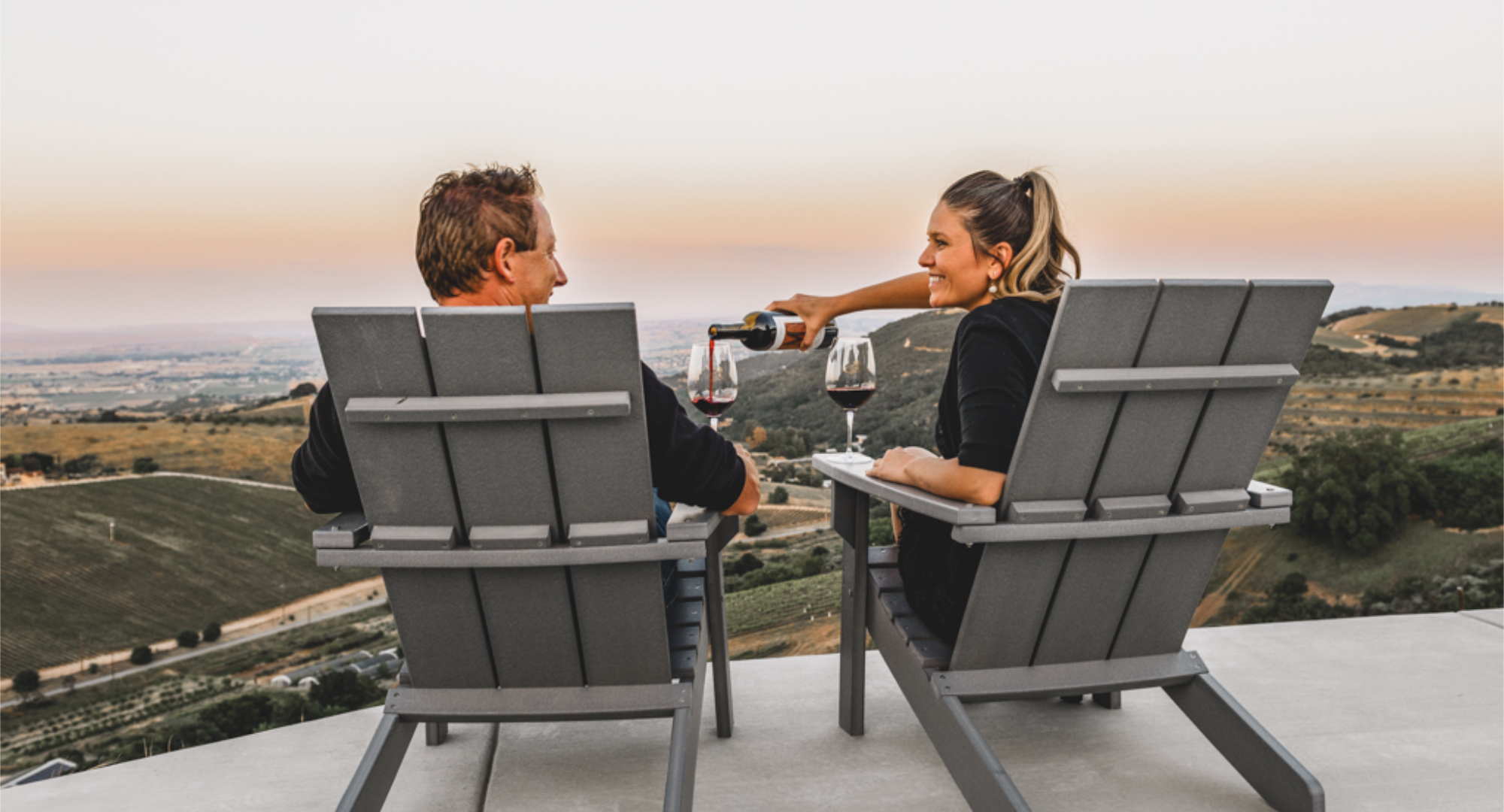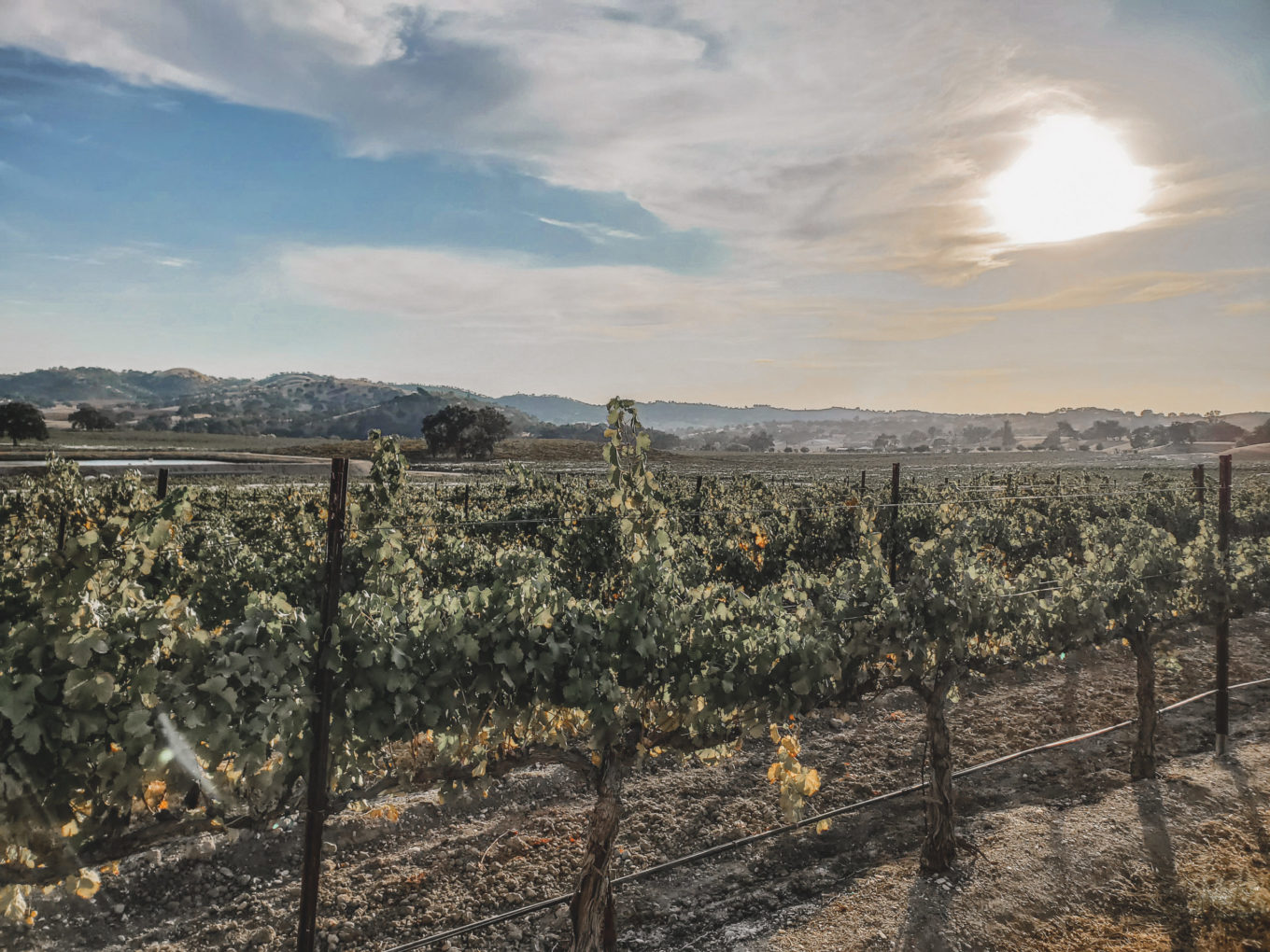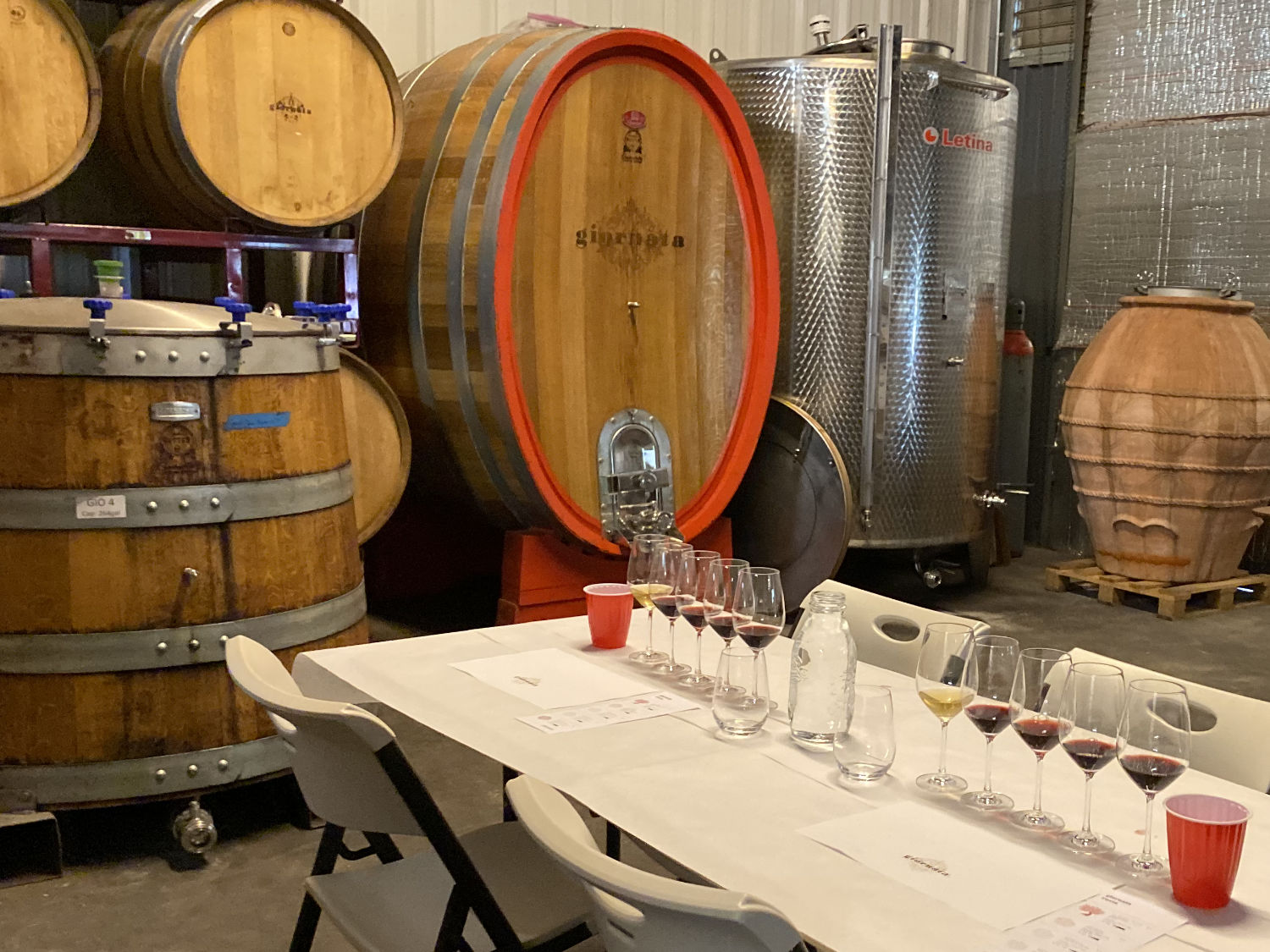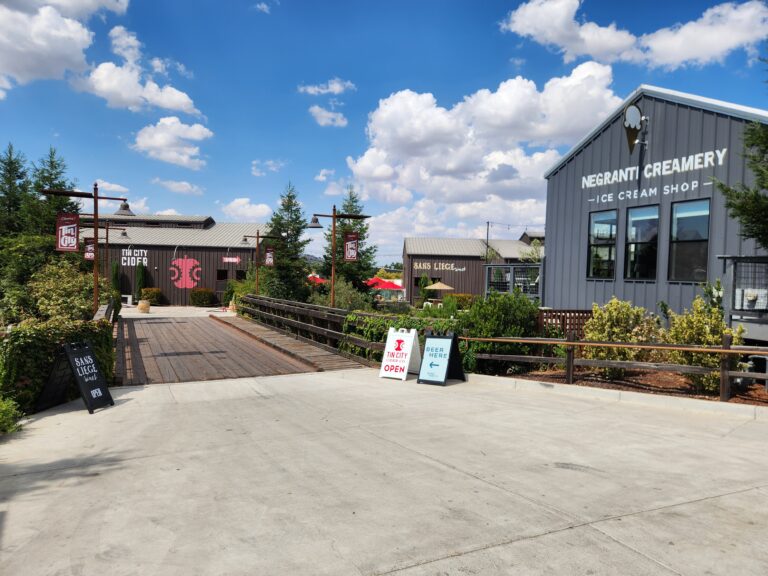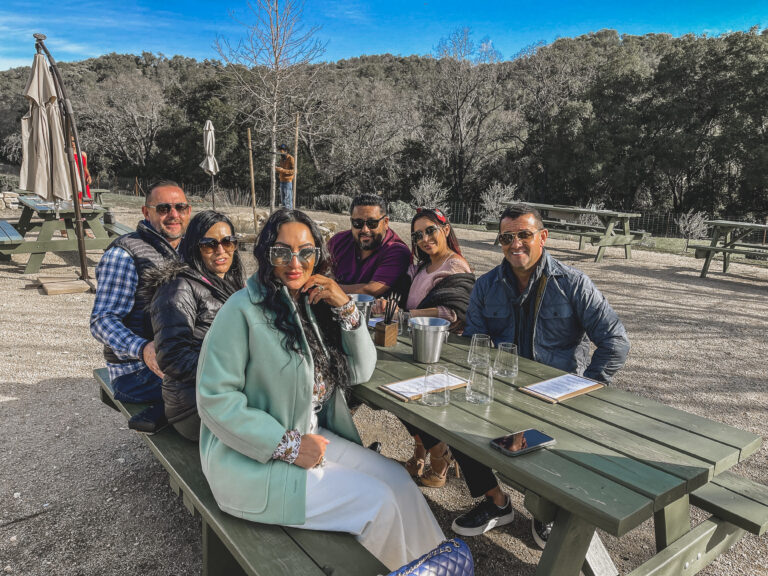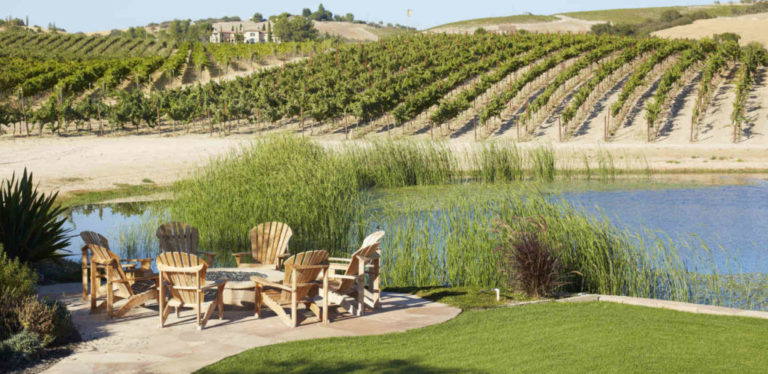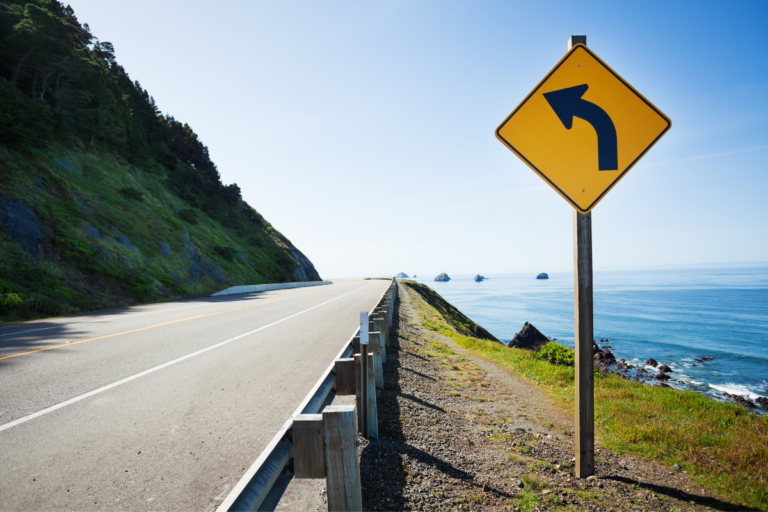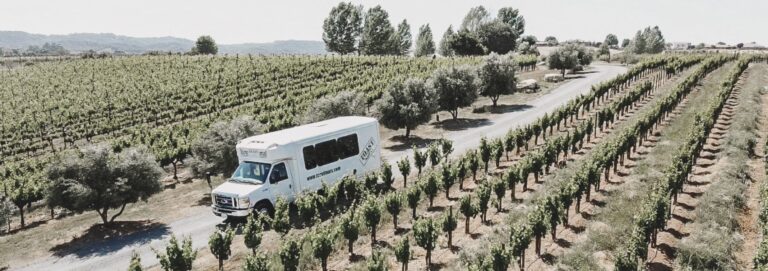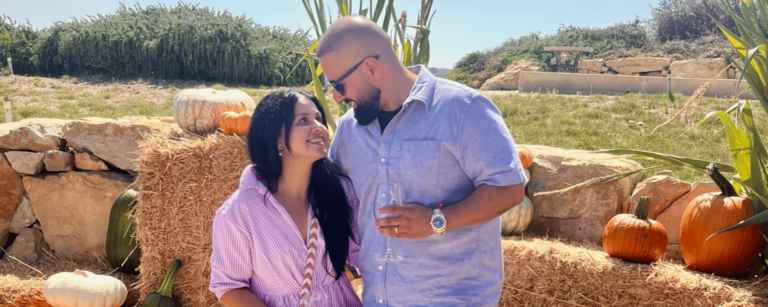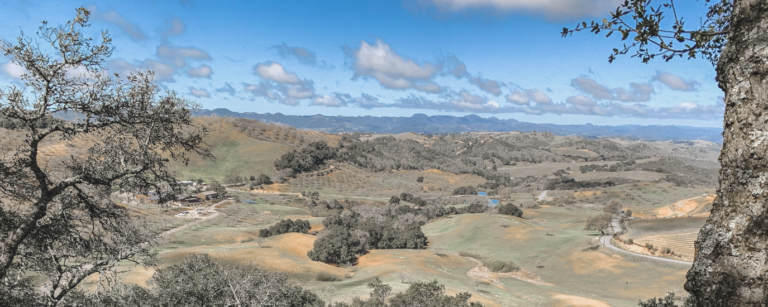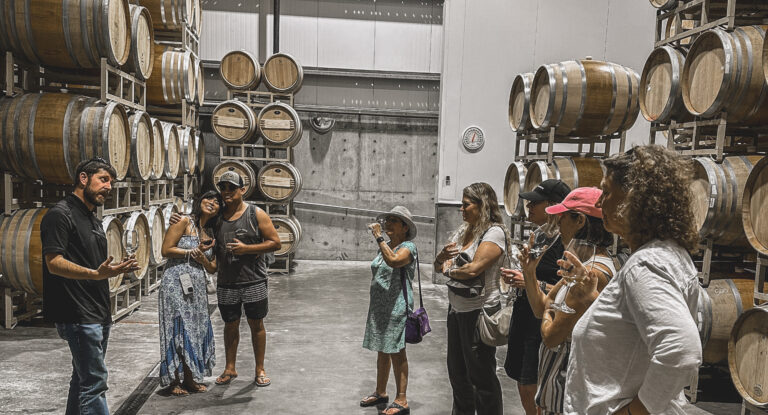Table of Contents
How to Taste Wine
The Five S’s of Wine Tasting
If you’ve ever been wine tasting or watched any movies where people have been wine tasting, you may have seen someone making a show of it – looking intently into the glass, swirling enthusiastically, taking a long, deep whiff of the wine with their noses deep in the glass, slurping and gurgling the wine and spending a few moments analyzing everything they just experienced.
While it may sometimes look pretentious – there are good reasons for each of these steps that help to relay important information about the wine you’re tasting.
Even Master Sommeliers follow these basic steps and whether you’re a novice or experienced wine taster you too can follow these easy steps to develop your wine tasting skills, learn about your palate and appreciate the nuances of different wines.
See
Just by looking at your wine you can learn a lot about the wine that is in your glass, before you even smell or taste it.
It’s best to hold your glass at an angle in front of a white surface, since this will allow you to observe the density of the wines color.
Wine color is mostly affected by the grape variety, the age of the wine and whether or not the wine spent time in a new oak barrel. Look at the depth of the color, is the wine watery and pale or deep and dark.
White wines vary from clear through light green and all shades of yellow to deep golden brown. White wines naturally gain color as they age.
Red wines vary from red, ruby to purple, garnet and brick. Red wines naturally lose color and begin to brown as they age.
Observe the clarity of the wine, is the wine clear and brilliant or cloudy and dull. Cloudiness can point towards unfiltered wines or could be an indication the wine might be off.
Look at the depth of the color. Certain varieties in general will be less concentrated than others. Compare a Pinot Noir with a Petite Sirah for example. This should give you a good indication of whether the wine is going to be bigger and bolder, or lighter and more delicate.
Swirl
Before you give your glass a good swirl, stick your nose in there to smell the wine first. You’ll want to have a comparison for what the wine smelled like before and after your swirl, since introducing oxygen into the wine will help open it up and release various aromas.
After you’ve taken a good sniff, gently swirl the wine around in your glass. If you struggle, you can draw circles on the table. Swirling increases the wine’s contact with air and intensifies its aromas. Introducing oxygen also allows the wine to ‘open up’ and soften the tannins in big red wines that have been recently opened. Ideally at home, most wine should be opened at least an hour before it’s consumed.
While you’re swirling, you’ll also want to look at the ‘legs’ on the wine, or how the wine coats the side of the glass. This can tell you more about the viscosity or the body of the wine. If the “legs” trickle down slowly, it has more body. If it falls down in sheets, it has less body. Legs are not an indicator of quality. But could be an indicator of alcohol. More body could hint at higher alcohol levels, which might mean the fruit was sourced from a warmer climate.
More body can also indicate some residual sugar in the wine.
Smell
The smell of the wine is often referred to as its nose. They say that 10% of what you’re going to taste is influenced by sight, 20% by taste and 70% is based on what you smell, so this is an important step. You can often smell different fruits, spices, herbs and flowers. And don’t worry, people smell different things in the same wine and there are hundreds of smells in wine, so there isn’t a right or wrong answer.
And if you smell sherry (in a red wine), vinegar, wet cardboard, or sulfur – that may mean the wine has a fault or is no longer good.
In white wines you can smell from apple/pear to citrus to more tropical notes, where in red wine you can pick up red, black and blue fruit.
Some aromas that are often associated with common varieties are:
Chardonnay: pear, apple, peach, apricot, vanilla, lemon, melon, pineapple and other tropical fruit, honey
Sauvignon Blanc: grass, herbs, grapefruit, pear, gooseberry, lime, lemon, olive
Gewurztraminer and Riesling: grapefruit, apricot, lime, mint, melon, peach, lilac, jasmine, cinnamon, cloves
Viognier: flowers, lemon, honeysuckle and nectarine
Cabernet Sauvignon and Merlot: blackberry, raspberry, cherry, plum, black currant, chocolate, coffee, tea, tobacco, cedar, bell pepper, mint, smoke, nuts
Pinot Noir: raspberry, strawberry, cranberry, violet, rose
Zinfandel and Syrah: black currant, blackberry, pomegranate, plum, lavender, black peppercorn, wet wood, earthiness
Sangiovese: raspberry, cherry, plum, anise, olive
Unfortunately, sometimes you might encounter an “off smell”. These smells include:
- Sherry: the wine has oxidized from age or improper storage.
- Vinegar: the wine contains excessive acetic acid.
- Cork/Mustiness/wet cardboard: a defective or inferior cork has affected the wine.
- Sulfur: the wine contains excessive sulfur dioxide, it could also be a reduced wine, and exposing it to oxygen will burn off the sulfur smell.
If you smell woody or vanilla characteristics, that may indicate that there was some aging in new oak barrels.
Sip
Finally – the step that most people skip to directly!
The taste is a combination of smell and flavor – roll the wine across your taste buds since you’ll taste sweetness, sour/acid, saltiness and bitter on different parts of your tongue.
Observe the mouthfeel of the wine, does the wine feel thin or is it a full bodied wine that coats your mouth. Both alcohol and glycerol affect the weight of a wine.
Acidity is responsible for your mouth starting to water. Acidity gives the wine crispness and freshness, and without good acidity the wine is flat and sour. Most commonly acidity in wine is associated with white wines, but it’s a very important component in red wines as well and is what can make them age-worthy.
Tannin will dry out your mouth and is often experienced as a bitter taste, coming mainly from the grape skins and seeds, though they could come from the barrel as well. Tannins are essential to the finish of a wine, and are mainly experienced in red wines.
Tannin can taste astringent, hard, dry or soft. Many people describe tannin as ‘Dry’ – however a dry wine refers to wine with no or little residual sugar.
Most wines you’ll encounter in Paso Robles will be considered dry wines, which means there is little to no residual sugar.
Some fruitier wines can be experienced as sweet, but we call that fruit-forward, since there is no residual sugar. A wine is sweet if it contains unfermented grape sugars. In California it is illegal to add sugar (chaptalize) to wine after fermentation.
Ultimately, the flavors of the wine (acidity, tannin, fruit-forward characteristics, etc) are dependent on the variety, growing conditions and winemaking techniques.
Be sure to take a few sips of wine before you judge it.
Have you ever heard someone say ‘Sip Sip Hooray’?
This refers to the fact that the third sip of wine is the one that really counts, since your palate has finally adjusted to that specific wine.
Savor or Spit
Now is the time to think about the wine your tasting.
Do you notice the aftertaste or finish? A good finish will linger on your palate for quite some time and will reflect the flavors of the wine.
Did you like the wine? You can say things about the body of the wine, how long did the flavor last and was it sweet, acidic, tannic or fruity.
Remember, wine tasting is a personal experience, and everyone’s palate is unique. What you taste and enjoy may differ from what others taste and enjoy and that’s Ok!
But by following these simple steps, you can learn more about your specific palate and appreciate each wine you try even more than you may have otherwise.
Cheers!
